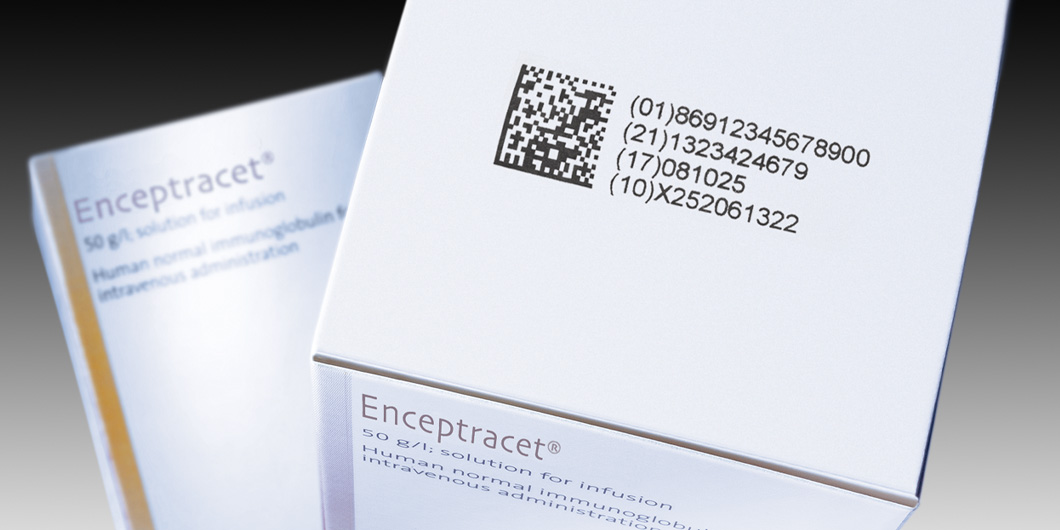Two-dimensional barcodes, known as 2D codes, store information both horizontally and vertically. This allows them to hold more data compared to traditional linear barcodes or “1D codes,” which are the typical barcodes found on retail products, comprised of black and white stripes. 2D codes can contain up to 3000 characters, while 1D barcodes hold up to 30 characters.
Common 2D codes
QR (Quick Response)

DataMatrix

Dot-Codes

QR codes are particularly popular for consumer-facing products because they can be scanned on phones without an app. In contrast, DataMatrix codes are more common in healthcare and industrial environments. The difference between standard 2D codes designed and optimized for a specific application or industry and GS1 2D codes is an encoded technical symbol in GS1 2D codes called FNC1 (Function Code 1). This makes it possible to code structured data with the help from application identifiers (AI). With the help of this Function Code 1 Symbol, the GS1 structure is enabled in the code for scanners. So, when a data string has this symbol in the beginning, the scanner can “interpret” the data in a structured way.

Stay ahead with real-time updates on the latest news:
Why 2D codes matter
2D codes are becoming increasingly important in today’s digital age and are frequently making headlines. This surge in attention is due to their ability to store more information, their ease of scanning from various angles, and their resilience to damage, thanks to built-in error correction. Additionally, 2D codes support advanced functionalities such as linking to websites and apps, which can enhance consumer engagement and help organizations comply with increasing traceability regulations.
